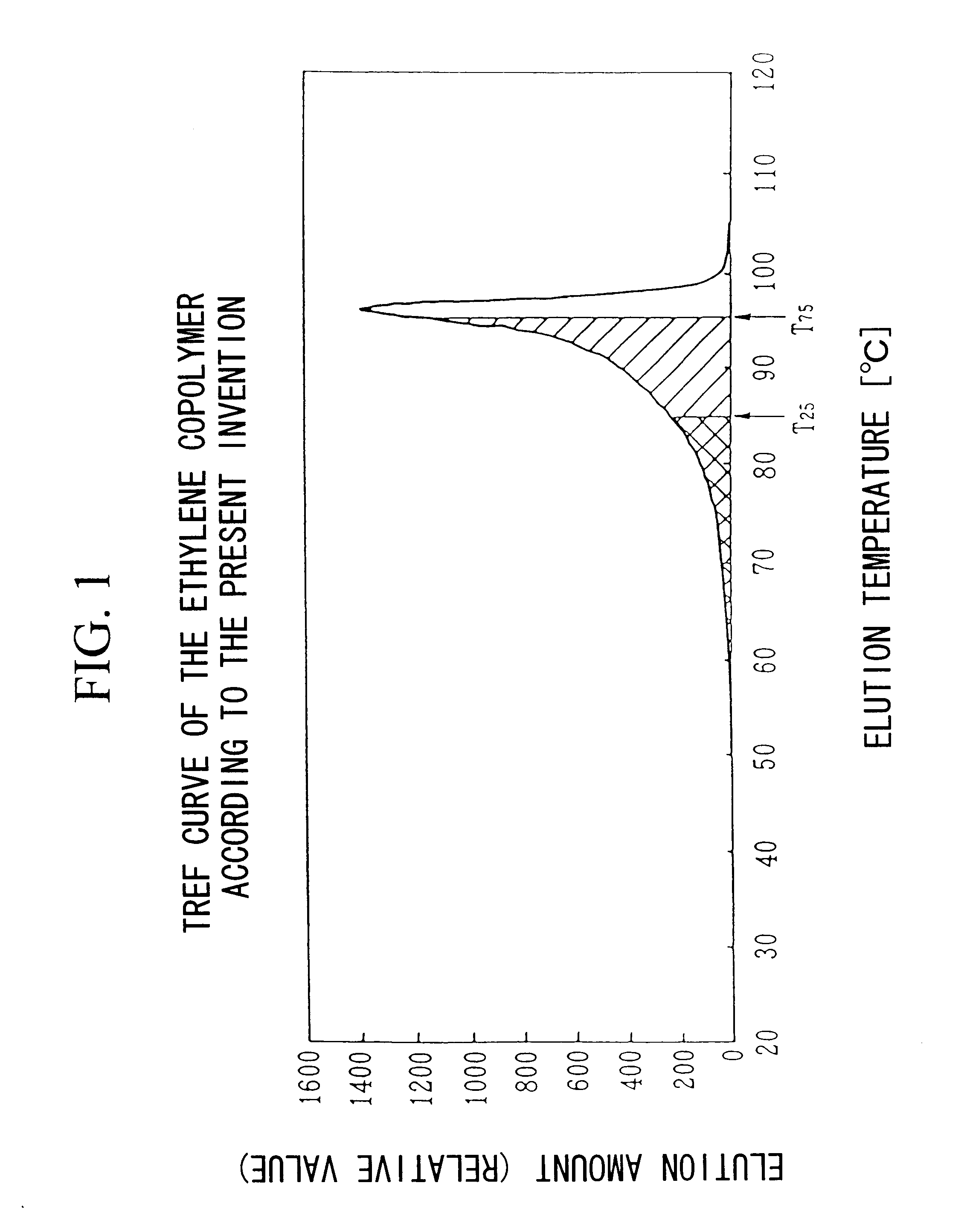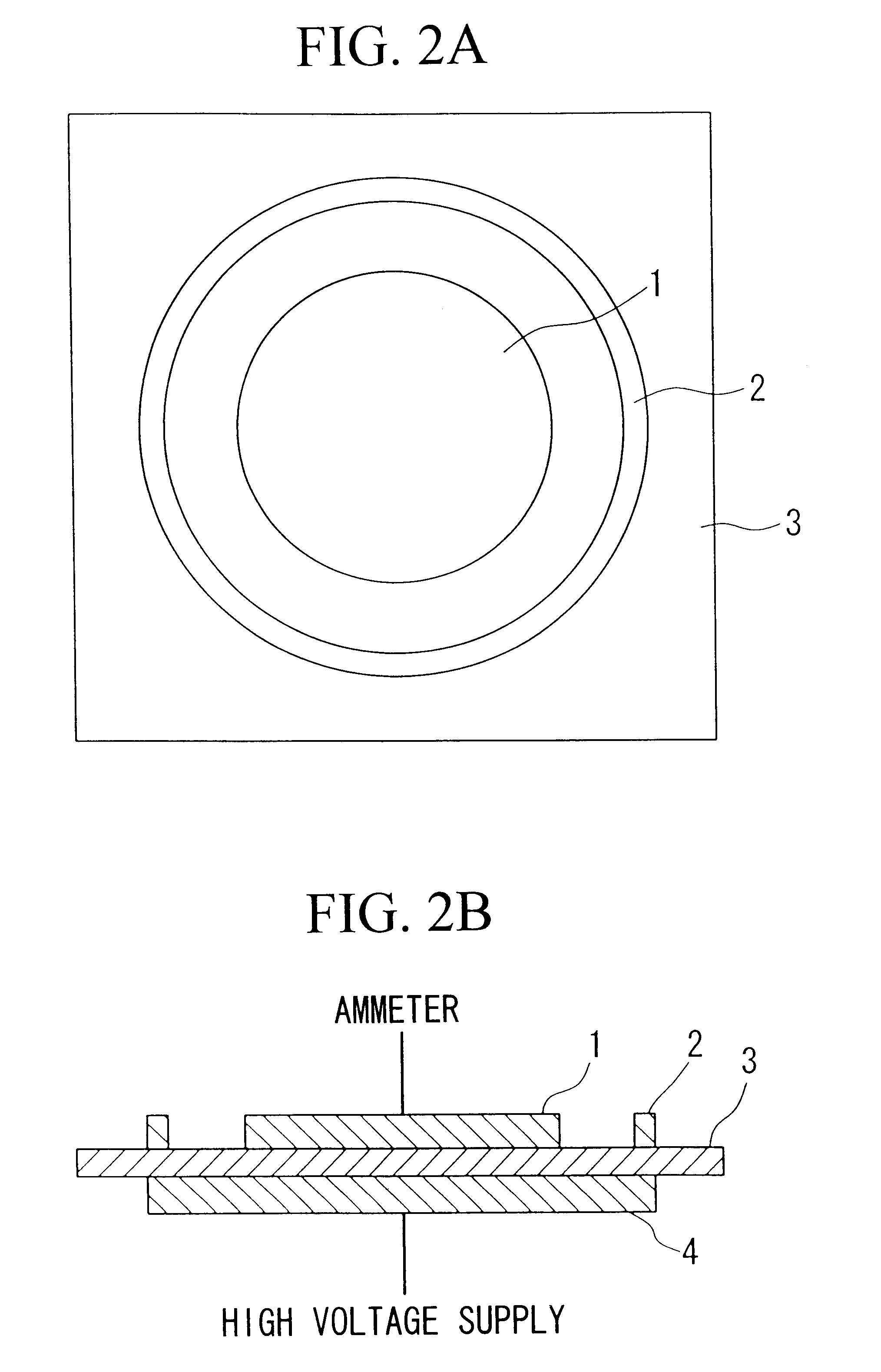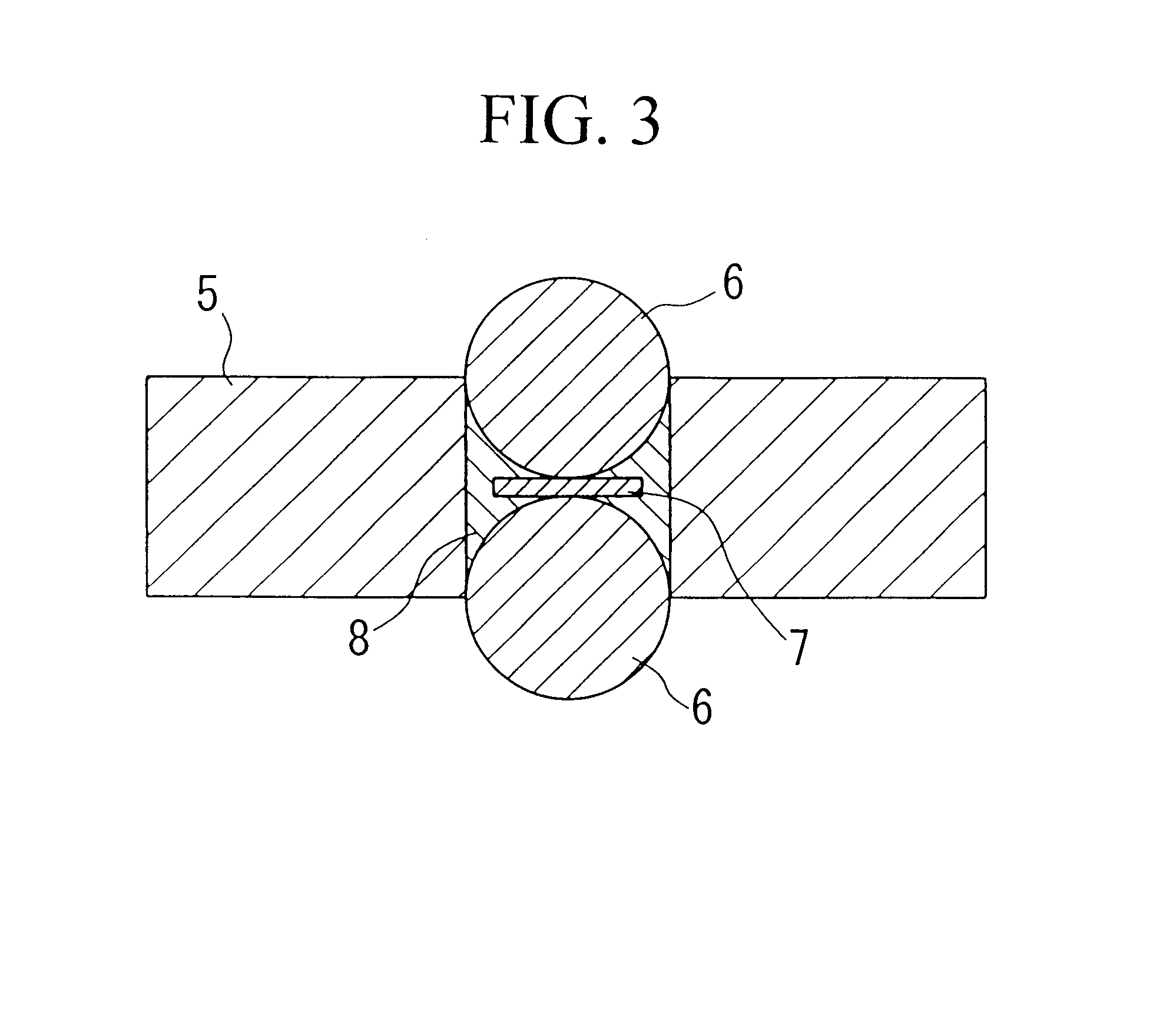Electrical insulating resin material, electrical insulating material, and electric wire and cable using the same
a technology of electrical insulation and resin, which is applied in the direction of insulated cables, metal pattern materials, electrical apparatus, etc., can solve the problems of reducing the dielectric breakdown strength, power loss, and oil leakage, and achieves superior low temperature forming properties, no degradation, and excellent processability results
- Summary
- Abstract
- Description
- Claims
- Application Information
AI Technical Summary
Benefits of technology
Problems solved by technology
Method used
Image
Examples
examples
In the following, the present invention is further described in detail, using the examples. However, the present invention is not limited to these examples.
The testing method in the present example is described in the following.
(Properties of the Ethylene Copolymer)
[Density]
The measurement of the density was performed according to JIS K6760.
[MFR]
The measurement of the MFR was performed according to JIS K6760.
[Measurement of T.sub.m1 using DSC]
A sheet with a thickness of 0.2 mm was formed by means of hot pressing the sample. A test sample of approximately 5 mg was stamped from this sheet, maintained for 10 minutes at 230.degree. C., and then cooled to 0.degree. C. at a cooling rate of 2.degree. C. / minute. This material was subsequently re-heated to 170.degree. C. at a heating rate of 10.degree. C. / minute, and the temperature at the peak of the resulting highest temperature curve was recorded as the highest peak temperature, T.sub.m1.
[Mw / Mn]
Mw / Mn was measured using GPC (Type-150C, man...
examples 1 to 79
The components selected from among the components (A), (C), (D) and (E) were used according to the mixing ratios shown in Tables 2 to 8, and cross-linked, as necessary.
TABLE 2-2
TABLE 3-1
TABLE 3-2
TABLE 4-1
TABLE 4-2
TABLE 5-1
TABLE 5-2
TABLE 6-1
TABLE 6-2
TABLE 7-1
TABLE 7-2
TABLE 8-1
TABLE 8-2
Examples 1 to 3 are graft copolymers (C11) obtained by means of modifying the ethylene copolymer (A) using a functional group-containing monomer (M1), as described in Preferred Example 1, and concretely comprise a sample selected from (C1-1), (C1-2), and (C1-3), respectively.
The measured results of the electrical insulating properties are shown in Table 9. The volume resistivity, space charge characteristics, and water-treeing properties all displayed significant improvements.
Examples 4 to 15 represent compositions comprising the ethylene copolymer (A); and a graft copolymer (C11) obtained by means of modifying the ethylene copolymer (A) using a functional group-containing monomer (M1), and / or a graft...
PUM
| Property | Measurement | Unit |
|---|---|---|
| atmospheric temperature | aaaaa | aaaaa |
| density | aaaaa | aaaaa |
| density | aaaaa | aaaaa |
Abstract
Description
Claims
Application Information
 Login to View More
Login to View More - R&D
- Intellectual Property
- Life Sciences
- Materials
- Tech Scout
- Unparalleled Data Quality
- Higher Quality Content
- 60% Fewer Hallucinations
Browse by: Latest US Patents, China's latest patents, Technical Efficacy Thesaurus, Application Domain, Technology Topic, Popular Technical Reports.
© 2025 PatSnap. All rights reserved.Legal|Privacy policy|Modern Slavery Act Transparency Statement|Sitemap|About US| Contact US: help@patsnap.com



